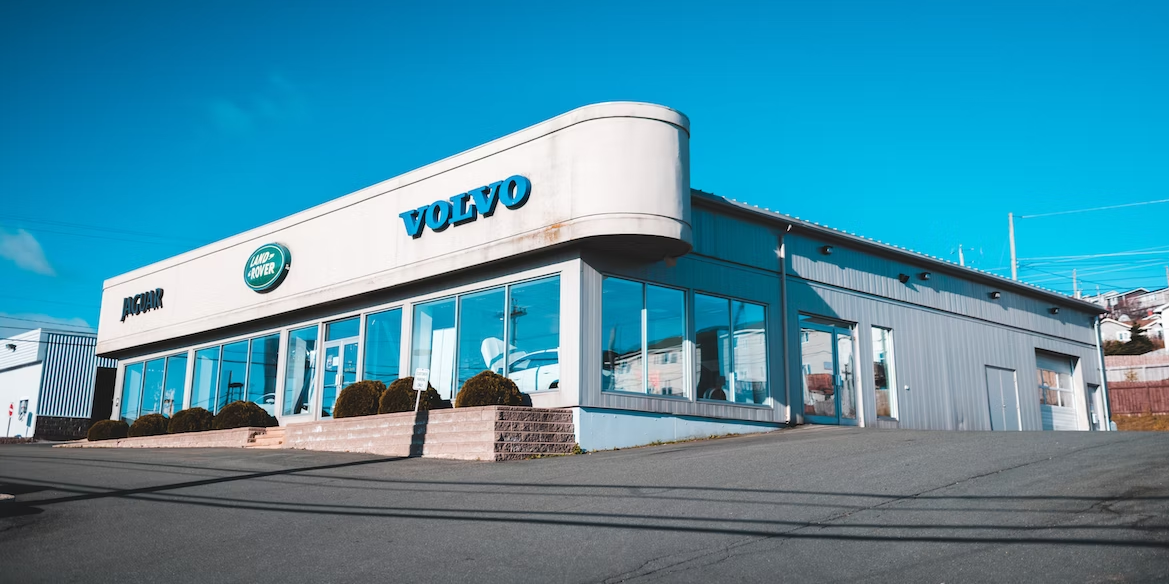
January 13, 2023
Why Dealers Need to Keep Marketing – Even with Low or No Inventory
December’s monthly projected sales volume of 1.19 million units set a familiar tone for 2022, according to S&P Global Mobility reports. The SAAR reading would be the lowest for a month since May 2022, bringing the full year’s U.S. light vehicle sales total to 13.8%, an 8% decline from 2021.
“Looking back at a tumultuous year for auto demand, the December sales result reflects apparent steadiness in the market,” said Chris Hopson, principal analyst at S&P Global Mobility. “Steadiness should not be misconstrued as exuberance though. Auto consumers are plagued by an uncertain economic environment, high vehicle prices, higher interest rates and low inventory levels.”
According to early S&P Global Mobility forecasts, U.S. sales volumes are expected to reach 14.8 million units in 2023, an estimated increase of 7.0% from 2022. “The U.S. auto market is struggling, impacted by supply chain, labor, logistics, inflation, and wider economic concerns,” said Chris Hopson.

Faced with deteriorating economic conditions and ongoing inventory shortages, forward-thinking dealerships are looking for ways to secure their own future success in the automotive industry, despite any uncertainties ahead.
In this blog post, we share why strategies in developing inventory marketing for auto dealers is critical amid continuing disruptions and best practices for maintaining customer communication, even with low or no inventory, including:
- Tips to take advantage of increasingly popular pre-order options
- Data-driven marketing strategies for pre-owned inventory acquisitions
- How to work the service drive to protect your customer base proactively
The Rising Popularity of Pre-orders
Despite an even more challenging backdrop than the year previous, S&P Global Mobility forecasts continued production output growth in 2023 with global light vehicle production expected to rise by 4.0%. However, a return to pre-pandemic levels is now postponed until 2025 at the earliest.
According to S&P Global Mobility forecasts, as chip shortages resolve in 2023, diminished customer demand is expected to take a more fundamental role in the second-half of 2023 and into 2024, impacting production and influencing the speed and scale of inventory restocking.
With little sign that relief from new vehicle inventory shortages is on the horizon, dealers need to think proactively when it comes to engaging potential customers. This will help drive leads to the sales department proactively in the sales process.
As long as your brand can support the process, offering pre-orders allows dealerships experiencing inventory shortages and delays with the opportunity to continue engaging new vehicle customers.
Instead of trying to shoehorn customers into vehicles that don’t fit their needs because that’s what you have left on the lot (potentially damaging dealership CSI scores and loyalty rates), pre-orders enable customers to get the vehicle they want, when they need it.
With many customers new to the idea of pre-sales, it’s important that marketing materials are:
- Transparent
- Speak to confidence
- Offer customers peace of mind
Look for opportunities to introduce your customers to the idea of ordering and reserving vehicles they want as a new normal option for car shopping, empowering them to stay ahead of the rush when new vehicle deliveries arrive.
Acquiring Inventory from Untapped Sources
When it comes to the industry-wide effects of the chip shortage, depleting new vehicle inventories is only the tip of the iceberg.
As new vehicle production has taken a hit throughout the past year, consumer demand for used vehicles has risen, driving prices even higher than in previous months. According to Manheim, wholesale used-vehicle prices increased 1.6% from November in the first 15 days of December. As of mid-December, used retail days’ supply was 49 days, up two days year over year but down three days compared with the same week in 2019.
Auto dealers are faced with:
- Still high auction prices
- Low days’ supply
- Increased competition for pre-owned inventory acquisitions
It is important to get strategic to acquire pre-owned inventory from various sources in their market across their portfolios, including:
- Loyalty
- Service
- Conquest
Marketing for auto dealers entails using dealership marketing tools that integrate with your:
- Customer relationship management (CRM) platform
- Dealer management system (DMS)
- Service data
Look for acquisition opportunities that are:
- Mutually beneficial
- Pass value onto your potential customers
- Stand out from the competition (such as targeting customers with a chance to lower APR and payments)
This strategy is particularly valuable as interest rates reached some of the lowest levels in more than a year.
Taking a similar approach, Fred Haas Toyota leveraged Mastermind’s predictive marketing campaigns to identify and engage customers. This dealer implemented this tactic with negative equity, or a higher-than-ideal interest rate on in-demand models, with trade-in offers that presented goodwill.
Working the Service Drive to Increase Retention
As inventory shortages have spurred some customers to hold on to their vehicles longer, forward-thinking automotive dealerships experiencing low or no inventory are looking to their service drive to engage and retain buyers. They keep their dealership and services top-of-mind when it comes time for customers to buy.
In addition to being an invaluable source of pre-owned acquisitions, the service drive offers countless opportunities to proactively:
- Engage customers
- Build rapport
- Promote customer loyalty long after the initial sale
Satisfied and happy customers should be considered valuable prospects in the sales funnel. Mastermind data finds customers who serviced with a dealer are 2.5x more likely to purchase their subsequent vehicle from the same retailer.
As dealer loyalty has previously diminished and brand loyalty has fallen for U.S. customers, it’s key that auto dealers leverage service drive marketing to promote customer loyalty and defend their customer base.
It is important to use dealership inventory marketing solution technology that integrates with your sales and service data, as well as methods to keep in contact with customers through conveniently timed and personalized service notifications.
Outside of regular maintenance visits, look for additional opportunities to engage customers relevant to their evolving needs, such as:
- Marketing-specific maintenance plans
- Service and accessory specials
- Complimentary vehicle inspections
While, to date, the chip shortages have impacted some OEMs and dealers more than others, the rippling effects of ongoing production disruptions are proving why all dealers, regardless of their current day’s supply, cannot afford to pause their marketing efforts.
Staying in consistent communication with your audience, even if your dealership has low or no inventory, empowers dealers to secure future success, regardless of what lies ahead.Wondering how to manage low inventory more efficiently at your dealership? What methods do you need to implement in order to increase retention? Contact us and request a demo today.


